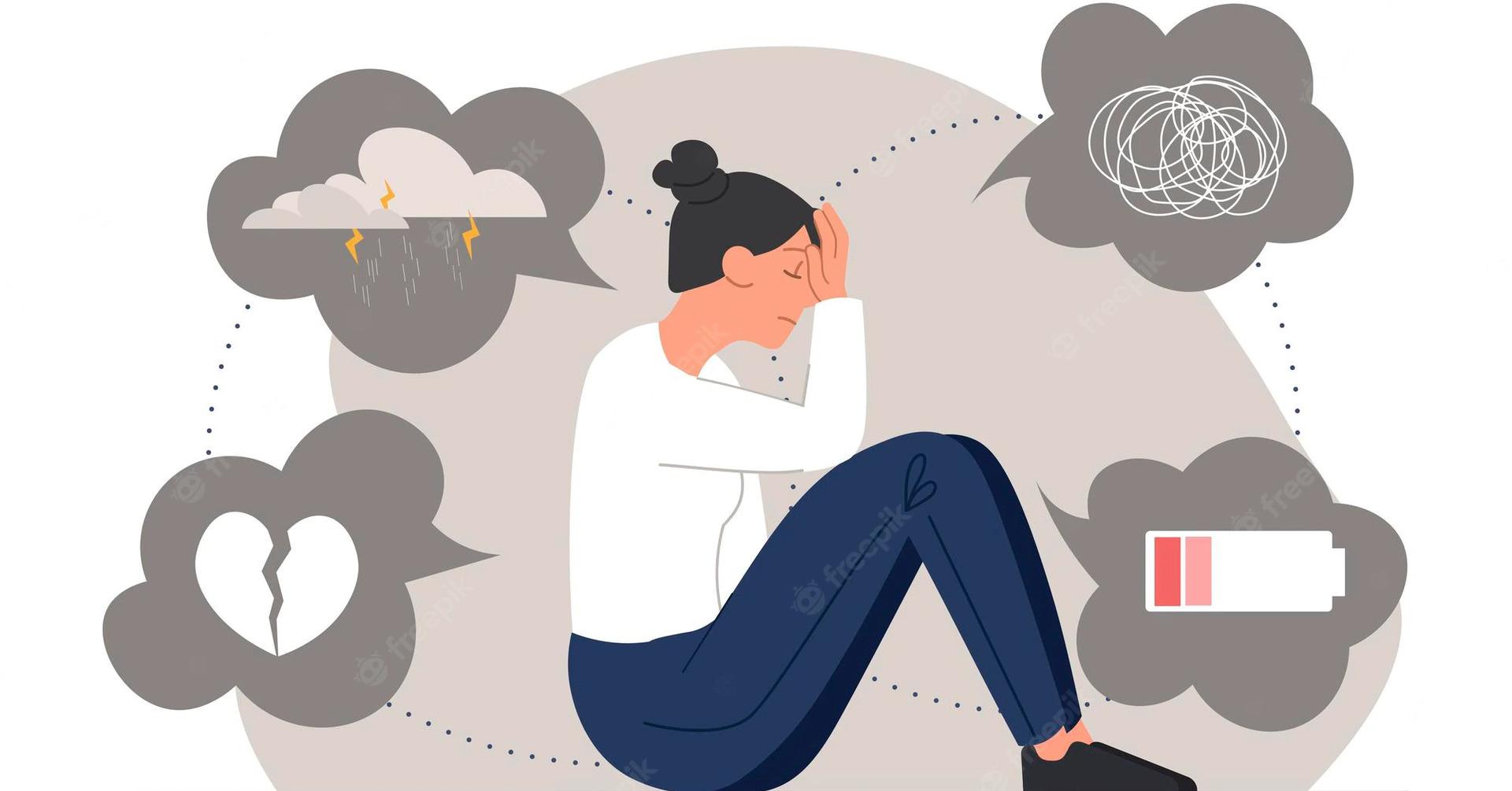A phobia is an anxiety disorder defined by a persistent and excessive fear of an object or situation. And phobias can be of many different kinds – innumerable, in fact. From as common as fear of heights (acrophobia) to fear of spiders (arachnophobia) to extremely specific ones like arachibutyrophobia, which is the fear of peanut butter getting stuck to the roof of your mouth. While we all have fears of certain things – from the water to certain kinds of insects or animals – fears can become classified as phobias when an individual is excessively fearful of a situation or object on an ongoing basis, for a period of 6 months and above. Such people may do whatever they can to avoid coming into contact with their fear, or experience massive panic or distress from having to be around the object of their fear. If your fear is this intense, you may have a phobia and you should take a phobia test or fear test.
No, not everyone has phobias, much like how not everyone has allergies. However, almost everyone does have some kind of irrational fear which they may not be able to explain or give a reason to. For example, fear of cockroaches or snakes and lizards; fear of getting into a water body. These are normal and can be dealt with. However, when the fear grips you to the extent that it becomes a source of anxiety, worry and even distress and depression, it is no longer a fear but a phobia. You can take a phobia test or fear test to find out where you stand.
This is possible – there could be a phobia that is latent and surfaces when exposed to a particular object or situation. Many times, phobias develop as a result of some kind of negative or traumatic experience in the past. It could also be the result of genetics and/or your environment. In the case of genetics, if you are unaware of your parents medical history, you might have a phobia you are unaware of. But in general, if the phobia surfaces and you feel that sense of unbearable fear that freezes you, your instinct will tell you that this is more than just a fear. If you feel this way, or if you are unsure of your phobia, you can try out an online phobia test or fear test to see if you display tendencies of phobia.
Any phobia is extremely scary to the person experiencing it – so we cannot trivialise one person’s phobia over another’s. The severity of a phobia also depends on the individual. What is very scary to one person may be moderately scary to someone else. And phobias are many and varied. While we cannot say for certain which phobia is the scariest, we can look at some of the more common phobias that have been researched and documented, which include claustrophobia or the fear of enclosed spaces, pteromerhanophobia or the fear of flying, ophidiophobia or the fear of snakes, entomophobia or fear of insects, and trypanophobia or fear of needles. The best way to check for a phobia is through a phobia test.
The level of fear will vary from person to person. But if we look at the research, numbers indicate that there are certain phobias that are more common simply because more people report to have them. These include arachnophobia or fear of spiders, acrophobia or fear of heights, claustrophobia or fear of small and enclosed spaces, pteromerhanophobia/aerophobia or the fear of flying, agoraphobia or fear or open and/or crowded spaces. You can take a phobia test to check whether you have any of these phobias.
Phobias usually stem from some kind of negative event of trauma in the past. For some people, it could also be genetic. And, the environment one lives in and the traumas you may be exposed to as a result of it also come into play. If you feel you have a fear that is out of control, take an online phobia test or fear test.





